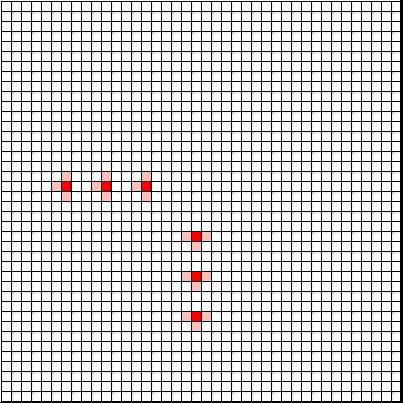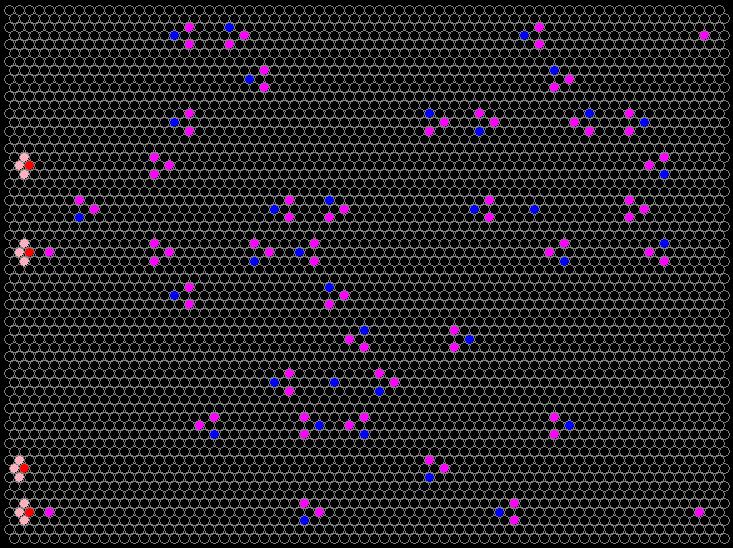Nanocomputing
Nanotechnology is expected to lead to extremely powerful computers, in which asynchrony and reversibility will probably be crucial to guarantee high integration densities and low heat dissipation. The main paradigm of nanocomputing is based on the local interaction of elements that behave like rows of domino stones toppling each other, and asynchronous cellular automata implementing such cascades. Cellular automata have attracted increasing attention for implementations by nanotechnology because of their regularity, which facilitates assembly by chemical synthesis in a self-organized way.
The research focuses on algorithms for the synthesis of cells that implement basic computing primitives (e.g. logic gates and delay-insensitive elements). The research is being carried out in collaboration with Ferdinand Peper's group.

